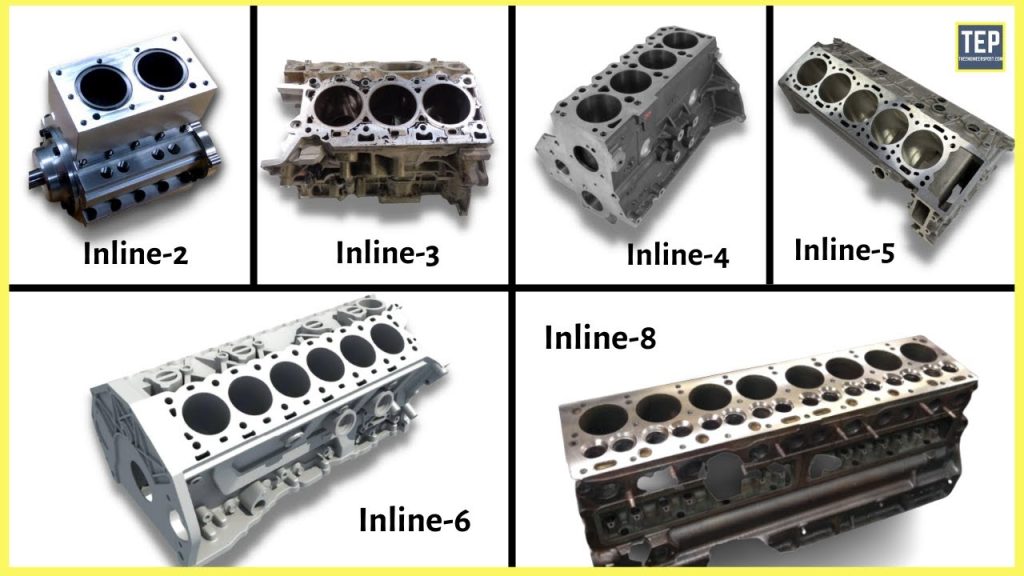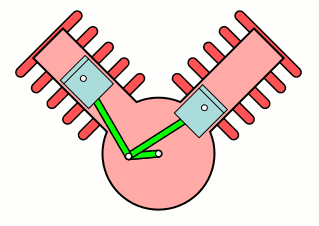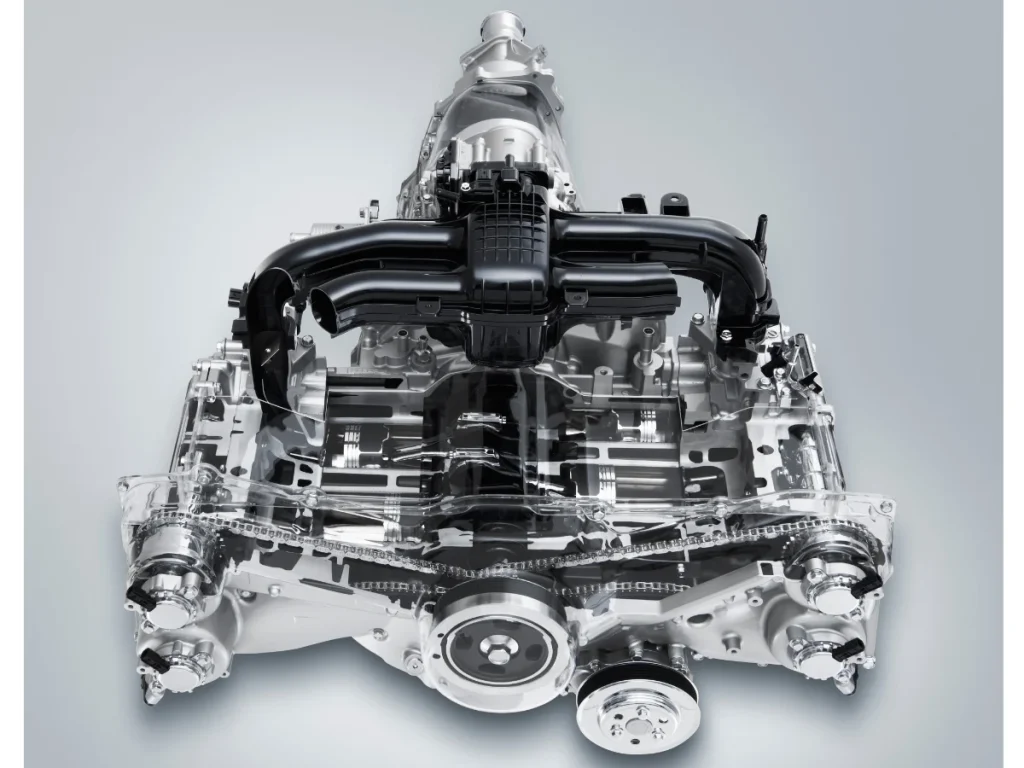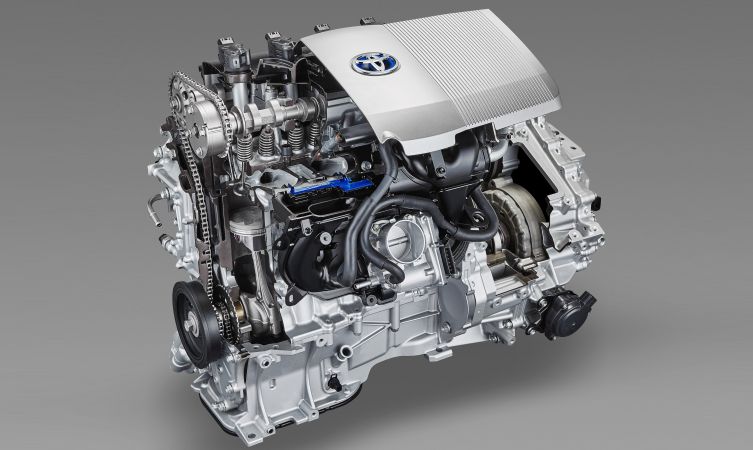Understanding Different Types of Gasoline Engines
Gasoline engines, central to the automotive world, have evolved significantly since their inception, featuring various designs and technologies aimed at improving performance, efficiency, and emissions. Here’s an in-depth look at the primary types of gasoline engines and their distinct characteristics.
1. Inline Engines
Overview:
Inline engines, also known as straight engines, feature cylinders arranged in a single row. They are one of the simplest and most common engine layouts.

Common Configurations:
- Inline-3 (I3): Typically found in small cars, known for compact size and fuel efficiency.
- Inline-4 (I4): The most ubiquitous engine type, balancing performance and economy, used in a wide range of vehicles from compact cars to midsize sedans.
- Inline-6 (I6): Valued for smoothness and balance, often seen in luxury and high-performance cars.
Advantages:
- Simple design and construction.
- Cost-effective production.
- Good balance (especially in I6 engines).
Disadvantages:
- Limited power output in smaller configurations.
- Space constraints in larger configurations.
2. V Engines
Overview:
V engines arrange cylinders in two banks set at an angle to each other, forming a ‘V’ shape. This configuration allows for a more compact design compared to inline engines, making them suitable for a wide range of vehicle types.

Common Configurations:
- V6: Combines a compact size with a good power-to-weight ratio, commonly used in sedans, SUVs, and trucks.
- V8: Known for high power output and performance, often found in muscle cars, sports cars, and trucks.
- V10 and V12: Reserved for high-performance and luxury vehicles, delivering exceptional power and smoothness.
Advantages:
- Compact design allows for more cylinders in a smaller space.
- High power output.
- Versatile applications across different vehicle types.
Disadvantages:
- More complex and expensive to manufacture.
- Higher maintenance costs.
3. Boxer (Flat) Engines
Overview:
Boxer engines, also known as flat engines, have cylinders arranged in two horizontally opposed banks. This layout offers a low center of gravity, benefiting handling and stability.

Common Configurations:
- Flat-4: Popularized by Subaru, used in their all-wheel-drive vehicles.
- Flat-6: Famously used by Porsche in their sports cars.
Advantages:
- Low center of gravity improves vehicle handling.
- Good balance and smooth operation.
- Enhanced stability and reduced vibration.
Disadvantages:
- Wider engine footprint can limit application in smaller vehicles.
- More complex design can increase production and maintenance costs.
4. Rotary (Wankel) Engines
Overview:
Rotary engines utilize a different approach, with a triangular rotor rotating within an epitrochoidal chamber. Mazda is the most well-known manufacturer to employ this type of engine, particularly in their RX series of cars.

Advantages:
- Compact size and lightweight.
- High power-to-weight ratio.
- Fewer moving parts, leading to smooth operation.
Disadvantages:
- Lower fuel efficiency.
- Higher emissions.
- Limited lifespan compared to piston engines.
5. Hybrid Engines
Overview:
Hybrid engines combine a conventional gasoline engine with an electric motor, aiming to improve fuel efficiency and reduce emissions. They can operate in various modes, including solely on electric power, gasoline power, or a combination of both.

Common Types:
- Parallel Hybrid: Both the gasoline engine and electric motor can drive the vehicle.
- Series Hybrid: The gasoline engine generates electricity to power the electric motor, which drives the vehicle.
- Plug-in Hybrid (PHEV): Can be charged via an external source, allowing for longer electric-only driving ranges.
Advantages:
- Significant fuel savings.
- Reduced emissions.
- Enhanced range and flexibility.
Disadvantages:
- Higher initial cost.
- Increased complexity and potential maintenance issues.
- Dependence on battery technology and charging infrastructure.
Conclusion
The diversity of gasoline engine types reflects the automotive industry’s pursuit of balancing performance, efficiency, and sustainability. From the simplicity of inline engines to the sophisticated design of hybrid systems, each engine type offers unique advantages tailored to specific vehicle needs and consumer preferences. As technology advances, we can expect further innovations and refinements, pushing the boundaries of what gasoline engines can achieve.